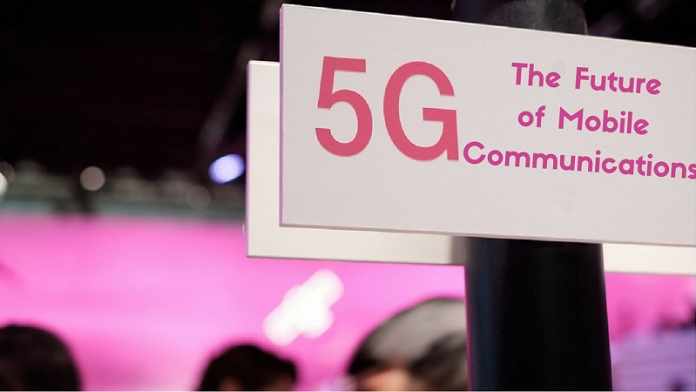The new era of communication is upon us, changing the landscape of mobile communication as we know it. Every telecommunication network in the world is involved in the constant competition for bringing the fastest internet connection to its customers.
More and more devices depend on the internet connection, from smartphones to cars and even household appliances. This means that users are in constant need of a stable and fast connection. Currently, 4G is the pinnacle of mobile data transfer, yet sadly not available in all regions. Lately, more and more industry giants are announcing the arrival of 5G, at 10 Gbps, but when is it coming?
So let’s start by defining 5G
As we all know the G stands for generation and the first 1G dates back to the early 90s. 2G brought us the possibility of sending text messages between two cellular devices while 3G enabled video calls via web-based services and normal internet browsing with its speed of 2Mbps. As technology improved, so did the need for faster, more stable and lag-free internet connection, what brought us to 4G. Not only did it enhance all the 3G capabilities with speeds of more than 150 Mbps, it also leveled the playing field between mobile devices and classic PCs. There is a great post on the history of mobile internet on Vodafone UK’s blog.
Now with the announcement of 5G, it is important that the users separate the unrealistic from the realistic expectations. Listening to all the big providers, especially in the US, you would think that 5G will be all powerful. From 5G powered drones and toy cars to hundredfold speed increase allowing us to download full-length movies in just a few seconds. The reality is a bit different, as most speeds and abilities measured so far have been done in laboratory conditions while in field mobile speed tests the numbers were quite lower. In addition to a higher download/upload speed, 5G is expected to provide low latency and high capacity.

In the age of Internet of Things, expansion lower latencies will be crucial for better control of your connected devices. Although it sounds trivial, many people play multiplayer games on their mobile devices including laptops, in such cases, low latencies can be a difference between life and death.
With more and more technology becoming wireless, the new 5G network will have to handle a lot more users and appliances. This is precisely why the announced high capacity of 5G will play a major role in setting up higher standards for the future progress of mobile data connections.
When can we expect 5G?
Despite all the talks and announcements, the reality is that the 5G days are yet to come. We will most likely be able to buy a 5G phone somewhere in 2020. Naturally this is just an estimate, some companies predict a later date and some an earlier one. Even in South Korea, which is considered to be one of the most technology-obsessed countries, 5G trials are not expected before 2017. On the other hand, in the US, the two major telecommunication companies, Verizon, and AT&T have announced first 5G networks in 2018 in the US.
It is important to mention that there is a good chance that 5G will not first be applied to mobile phones, but for connecting homes with high-speed wireless broadband links. As for mobile phones, 5G is expected to come in 2018, during the Olympic Games in South Korea, as the confident KT carrier hopes to be the earliest adopter of this new technology.
Finally, why do we want it so much?
Apart from the clear benefits of increased traffic and excellent reception, we need to take into consideration The Internet of Things (IoT). By 2020, the Iot is likely to consist of 50 billion devices connected to the Internet, and we will need a network capable of supporting them all. For example, losing the signal in your self-driving car in the middle of intersection can obviously present a serious problem. On the other hand, having a bad connection or constant loss of one defies the purpose and goal of IoT.
Another benefit that could come from 5G is the facilitation of personalized health care and support to elderly. Additionally, it could help transport and logistics while at the same time improving the access and availability of cultural and educational content for all users. The possibilities are endless, but only if the providers deliver all that they are promising. Also, it is important to keep in mind that like with 3G, and 4G before it,it will take some time for a 5G to be adopted worldwide. Taking a look at the world GSM coverage map we can see that there are even places not covered with 4G yet.

Conclusions
There is no doubt that 5G will raise the bar when it comes to quality of both communication and life in general. However, not yet. We have to brace ourselves and be patient as we are still years away from reaping the true benefits of something as powerful as 5G. For now, 4G will have to do, and we can just sit back and watch all the great companies compete relentlessly to be the first in bringing this coveted technology into our homes.

